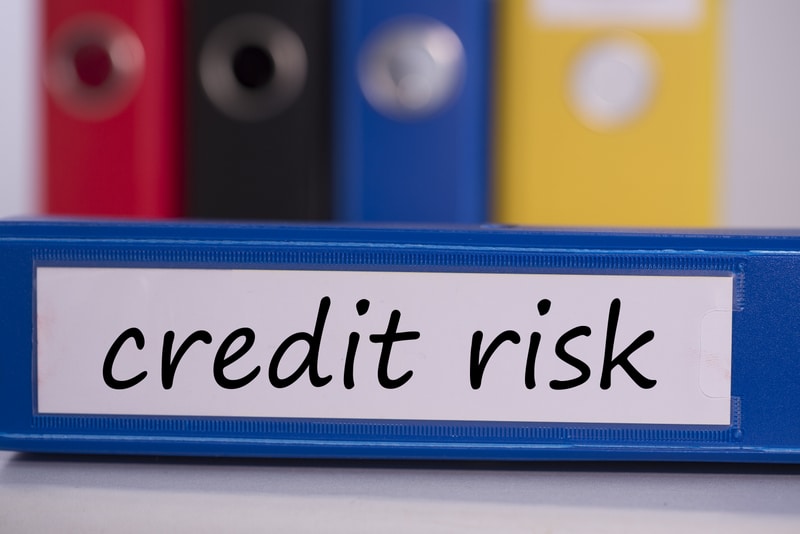If you own a business, then you already know that it is important to maintain good credit. In this article, we intend to educate you on how to reduce credit risk in your business.
Having an effective credit management process in place can make all the difference to your cash flow. Here are some steps to better manage customer credit risk and reduce bad debt.
Consistently use credit over time
Businesses who borrow small amounts of money and pay it back as promised or early show that they can be trusted to use money correctly. Therefore, they get a higher credit score than those who pay late or inconsistently.
Make this work in your favour by borrowing small amounts of money and paying it back early. When companies pull your business’ credit report, then they can recommend that money be loaned to you.
Following these simple tips can help keep your business credit score in great shape. Then, your business does not become a credit risk.
Also Read: Tips on how to get a small business loan
Choose your vendors carefully
While most businesses want to do business with others who consistently offer the quality products at the lowest price, make sure to consider asking them to report your payments to credit agencies when setting up the contract.
Most will be glad to do so as they will be anxious to make you a happy customer.
The result is that when you pay on time or early, then you are building your company’s credit rating.
How to reduce credit risk in your business by getting insurance
Getting insurance against the specific risks your business faces may prove to be of better benefit than general insurance risks.
When identifying risks, insurance can play a major role in assisting the business to thrive and grow instead of facing extinction in case the risk arises.
Is it fire, theft or third party security? When a business takes general insurance, some of the risks are not covered.
General insurance may also be very difficult to claim and may impose heavy premiums on the business.
Checking the risks a business will not only cut the cost of insurance but also ensure continuity of business in case the unexpended happens.
When averting risks, a small or medium-sized business SME, needs not only to understand the risk but also create a network of partners that can assist to fight off the same.
How to reduce credit risk in your business by increasing employee confidence
Robust internal communications programs are as much about building employees’ confidence in their understanding of credit policies as they are about conveying information.
Do not only send missives or directives to your team; instead, consistently encourage two-way conversations.
Your employees are your internal customers, and they want to feel as important to your bank as external ones.
They need to feel confident in their ability to apply the right credit strategies.
Also Read: Understanding asset financing in Kenya
Improved customer experience and trust
Customer experience has become the primary client retention strategy for organizations.
Your organization’s internal communications plan and related collaboration tools provide opportunities for enhanced communications with customers.
You can use the internal program to convey new conversation skills and strategies to employees for winning customer trust and business.
Additionally, because you have routinely disseminated consistent credit policies across the bank, you’ll be able to answer customer inquiries quickly and accurately.
Customers now also expect organizations to use technology efficiently to serve their needs.
Coupling that plan with credit risk and conversations skills training helps you “know your customer” which will improve their experience and build their trust in your organization.
How to reduce credit risk in your business by paying your bills on time
Whether you are paying your company’s bills or your private ones. Always make sure that you pay your bills on time.
If money is going to be tight, then consider paying your business bills early as many vendors will give you a discount if you pay before they issue the final invoice.
You may discover that you even earn extra points on your business credit score by consistently paying your bills 30 days in advance.
Provide accurate invoices and follow up with timely reminders
Always provide an invoice when you provide goods or services to a business.
Ensure all details are correct as minor inaccuracies can lead to issues if ever you need to refer to a debt collection agency or have to pursue legal action.
Establish a system of following up customers with prompt statements and friendly reminders for outstanding invoices.
Depending on your industry, you can set up automatic reminders to follow up after 4 days with a statement, and after 10 days with a phone call.
Also Read: Facts about bid bonds and how they work
Take action when you don’t get paid
If your customer still hasn’t paid you after an invoice and all reminders have been sent, it’s time to send a letter of demand advising that you will register a default if you do not receive payment.
A payment default is a black mark that remains on a credit file for up to five years.
It’s a great way to encourage slow or non-paying customers as they will fear to ruin their credit score and deterring other suppliers.




